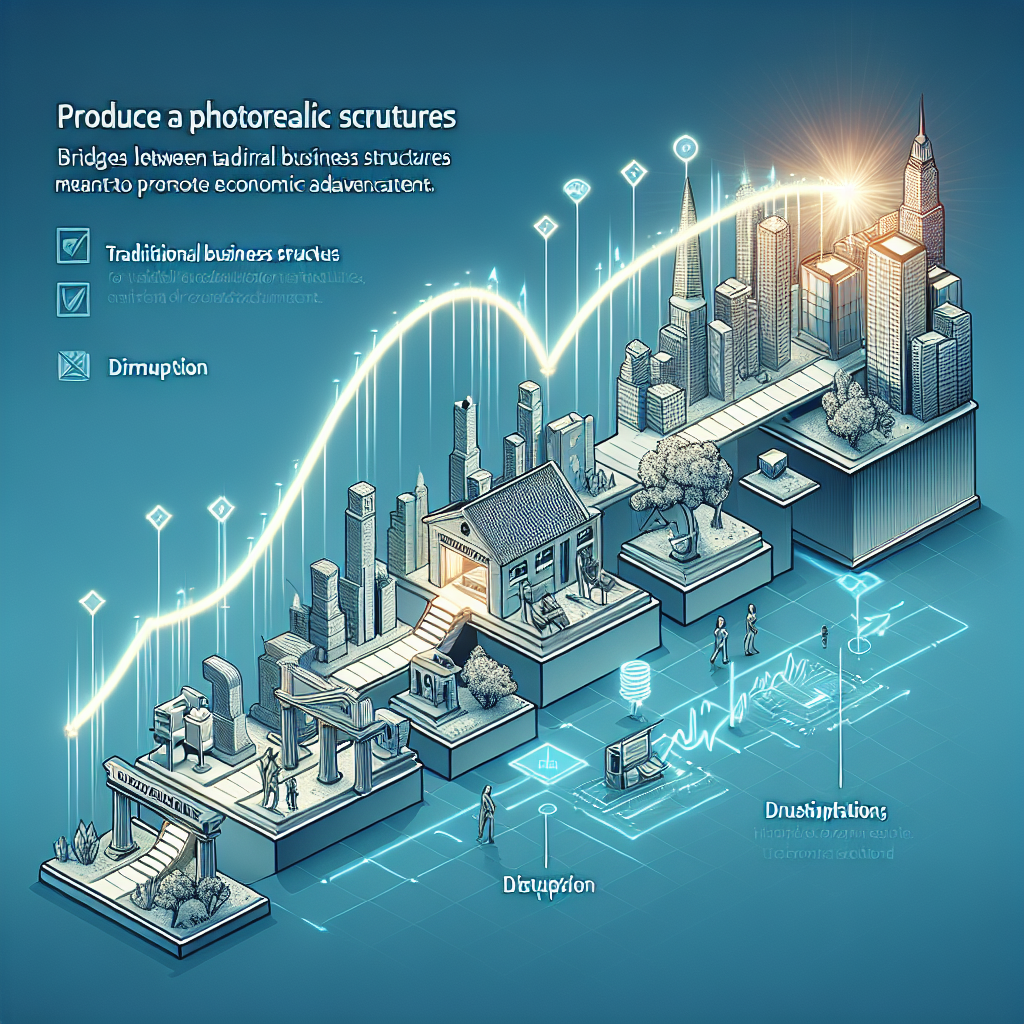In my time covering the Southwest’s commercial growth, few years have felt as quietly seismic as this one. Developers I’ve spoken with across Arizona and New Mexico aren’t just rethinking skylines—they’re rethinking how those buildings come to life, and what keeps them running once they’re filled. The consensus is clear: real estate is going high-tech, and fast.
I recently sat down with local business owners, developers, and tech vendors to explore how innovation is reshaping commercial real estate from the ground up—and sometimes, from several hundred feet above it.
1. Drone Technology: Eyes in the Sky, and Infrared Too
If you’ve driven past any active build sites lately, odds are you’ve noticed more drones buzzing through the air than hardhats on the ground. I caught up with John Ott, founder of Desert Drones, a drone and aerial photography company that works with real estate developers across the Southwest.
“We’ve definitely seen a surge in drone projects tied to commercial development,” Ott told me. “A lot of our work now includes infrared scanning to detect roofing issues or heat leaks before construction is even complete.”
Drones are quickly replacing traditional survey teams for everything from site planning to construction progress reports. With capabilities like high-resolution 3D modeling and thermal imaging, these aerial tools deliver precise, cost-effective data in hours—data that used to take days, or even weeks.
From a developer’s standpoint, drones offer a dual benefit: faster decision-making and smarter risk mitigation. They also allow project managers to monitor progress without ever stepping onto the jobsite, which has made remote oversight more feasible than ever.
2. The Rise of Smart Security: Access Control Gets an Upgrade
As more developers design multi-tenant facilities and flexible office spaces, integrated security systems are no longer optional—they’re essential.
Brian Pessin, CEO of Cabling Solutions Group, which installs security cameras and provides data cabling for commercial developers, gave me a candid look into how the industry has shifted.
“Tons of our current jobs are focused on commercial access control and security camera systems,” said Pessin. “Clients want to manage everything remotely now—access permissions, surveillance, even intrusion alerts—all from one cloud dashboard.”
These systems aren’t just convenient—they’re sophisticated. Many now use AI-powered behavioral analytics, and real-time threat detection. In today’s climate, where both cybersecurity and physical security are top-of-mind, these intelligent platforms help building owners deliver peace of mind to tenants while staying compliant with local codes.
3. Smart Buildings: Efficiency with Cloud and AI
AI and cloud software systems drastically improve efficiency in the building management aspect of development. Per Sensgreen, everything from security, electrical, HVAC systems, and more have been improved via this technology.
This trend is visible on the ground in Tucson, where Jordan Benjamin of Done Rite Services, an air conditioning, plumbing, and electrical company in Tucson, has noticed the same shift:
“We’re installing more smart commercial HVAC systems than ever before,” Benjamin shared. “Clients want remote monitoring, automation, and real-time energy data to cut costs and reduce service calls—it’s becoming the new standard.”
From adaptive lighting to AI-optimized heating and cooling, smart buildings are quickly becoming the rule rather than the exception—offering developers and tenants better comfort, lower energy use, and long-term value.
4. AI Assisted Property Management
AI isn’t new to real estate, but it’s more capable than ever. Property managers are using it for everything from rent collection and tenant support to predictive analytics that forecast building wear-and-tear.
Machine learning models analyze trends across energy usage, tenant complaints, and occupancy patterns to inform future upgrades. Even investment teams are using AI to identify ideal sites for expansion or acquisition.
One Phoenix-based developer told me their leasing process now incorporates chatbots, AI-powered document review, and virtual assistants—all reducing time-to-close for new tenants.
5. Virtual Reality: Touring Tomorrow’s Office Today
During a recent tech showcase in Scottsdale, I slipped on a VR headset and toured a speculative office space scheduled to break ground in 2026. I opened doors, changed wall colors, and even repositioned cubicles—all before a single concrete pour.
Virtual and augmented reality tools like these are becoming staples in pre-leasing campaigns and design charrettes. Brokers say they accelerate the sales cycle, while architects love the feedback loop VR offers—seeing clients react to a space before it’s built can refine final specs and reduce expensive change orders.
6. Blockchain & Smart Contracts: Smoother Deals, Fewer Middlemen
Though still early in adoption, blockchain is showing promise for commercial transactions. Smart contracts—self-executing agreements stored on a blockchain—cut through the legal red tape by automating lease execution, escrow payments, and title verification.
The result? Faster closings and reduced transaction costs.
While few local firms are fully onboard yet, several told me they’re exploring pilot programs in 2025, particularly for multi-party investment deals and fractional ownership platforms.
7. Data Is the New Blueprint
Big data is more than a buzzword in real estate—it’s a blueprint for smarter development. From heat maps showing tenant churn to historical data on foot traffic and demographic shifts, analytics tools are shaping everything from site selection to floor plan design.
Developers with access to granular insights can anticipate market shifts and adapt faster than competitors.
As one investor told me, “Gut instinct still matters, but these days, it’s best paired with a dashboard.”
Sources:
- https://www.linkedin.com/in/desertdronesllc/
- https://www.linkedin.com/in/brian-pessin/
- https://www.linkedin.com/in/jordan-benjamin-0783a5266/
- https://www.bgsf.com/post/explore-the-power-of-ai-in-commercial-real-estate-property-management
- https://sensgreen.com/building-management-system/


